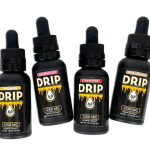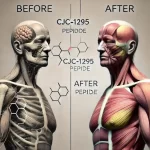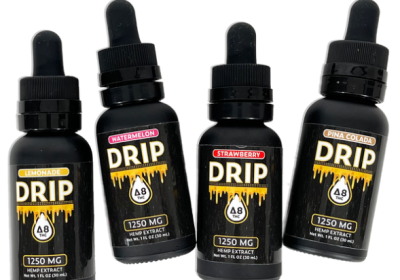
What are the Common Types of Dental Restorations in Palm Harbor?
Restorative dentistry strives to improve oral health and chewing abilities by repairing or replacing teeth. Crowns, bridges, implants, and dentures are among the restorative procedures offered by general dentists. Restorative dentistry can help people who have cavities, damaged or broken teeth, or missing teeth. Contact a dentist for a smile makeover in Palm Harbor. Here are the common restoration procedures:
Dental bonding:
Dental bonding is a process that employs tooth-colored putty to heal minor tooth damage, discoloration, and cavities. The bonding material is placed and sculpted directly onto the damaged tooth before being hardened using ultraviolet or laser light. Finally, for a natural look, the bonding is filed and polished.
Fillings:
Fillings in the mouth are used to seal and fill tiny cavities caused by tooth decay. The decaying tissue is removed, and a filling substance, such as dental amalgam or resin, is placed and molded to restore the structure of the tooth. To achieve a natural appearance, fillings are molded, polished, and cemented. Alternative repairs are employed for bigger damage. Direct dental restorations are put directly to the tooth, whereas indirect restorations are manufactured in a lab and placed on the tooth.
Inlays and onlays:
Inlays and onlays are indirect restorations that are used to restore severely damaged teeth. Inlays, which are made of metal, composite resin, or porcelain, fill cavities in the tooth’s center, whereas onlays cover the cavity and chewing surface, strengthening the tooth. Two dental appointments are required to prepare the tooth, produce a mold, and install the inlay or onlay.
Crowns:
Crowns encase the whole tooth and are used to repair badly damaged teeth. They are lab-made indirect restorations. In the first appointment, the tooth is prepared, an imprint is taken, and a temporary crown is placed; in the second visit, the temporary crown is removed and the permanent crown is fitted. Crowns are used to protect and strengthen damaged teeth.
Final thoughts:
Your dentists will choose the most appropriate and least intrusive dental restoration for each patient. Contact a Palm Harbor Dentist right now to find out which choice is best for you in case you are still not sure about it. they will recommend what is best for you based on the condition of your current oral health. Do not wait too long before things get out of hand, and get help today!


















